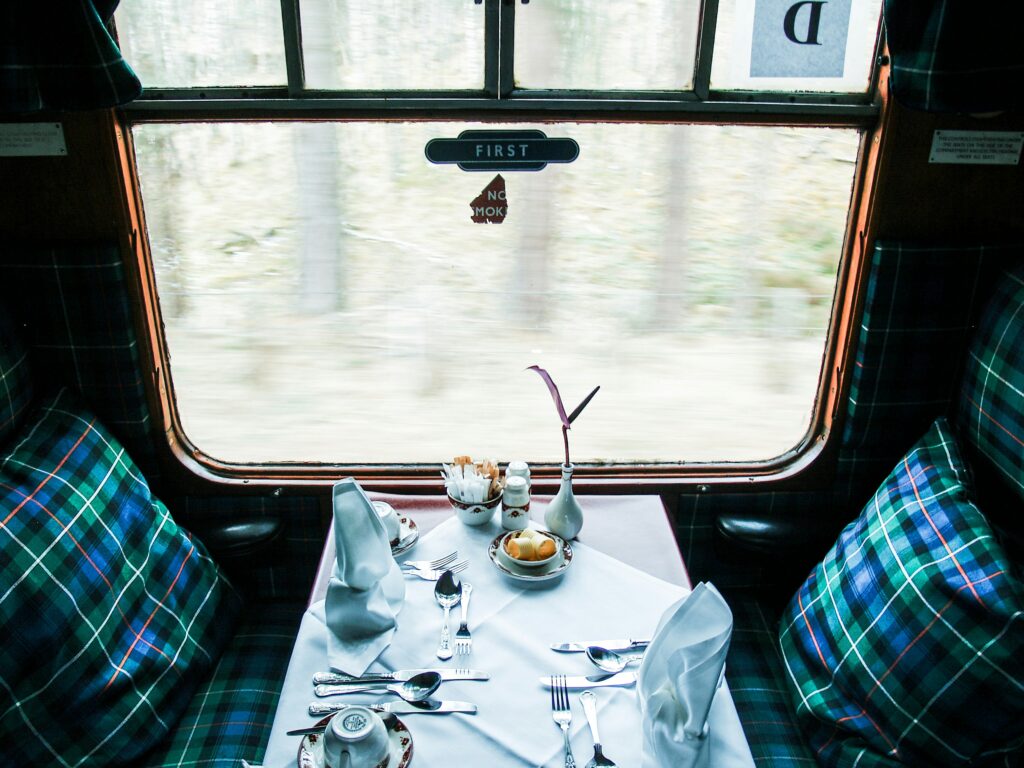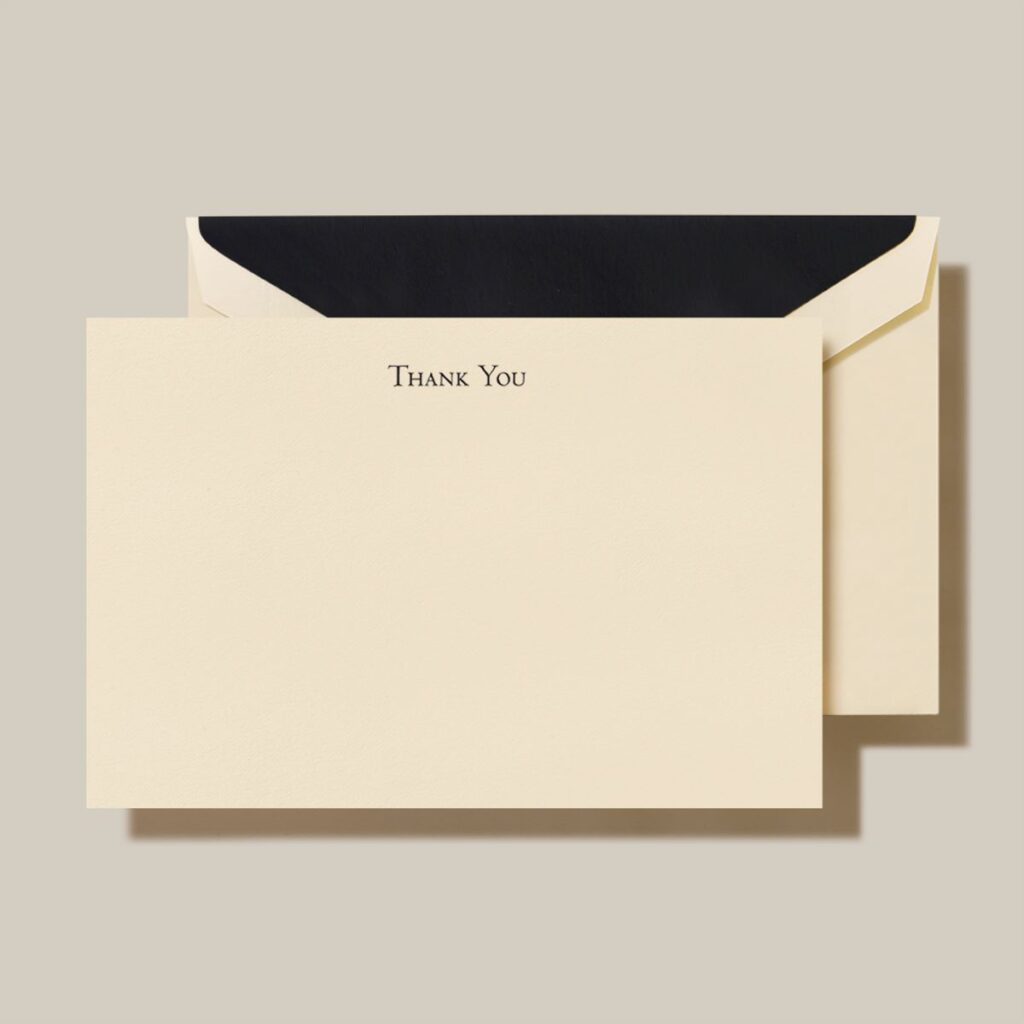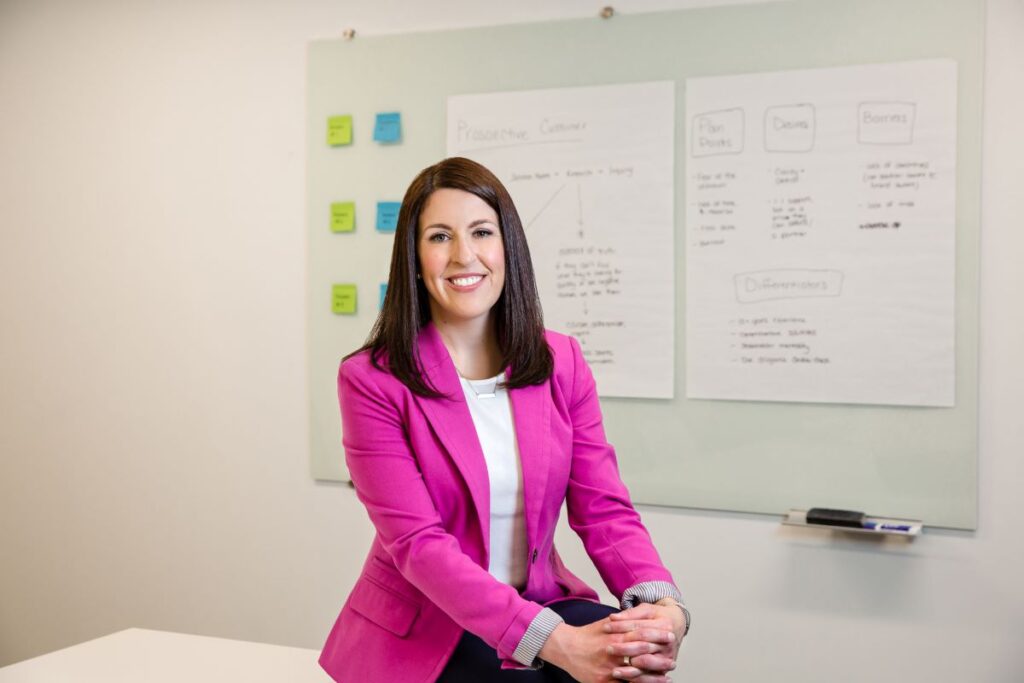If Your Goal is to Make More Money, Stop Serving Economy Clients
Well, I thought I’d begin February with a bit of a controversial stance. Happy 2024! Okay, joking aside: though I realize the title of this week’s post is provocative, it comes from a research-founded and believe it or not: generous place. If you’re a small, creative or service-based business, to make more money, you need to stop serving Economy and Business Class clients and replace them with Business and First Class clients.
As you may be gathering, this year our clients are Leveling Up. For us and so many of our clients, our foundation is super-solid. Therefore, now is the time to really build and amplify. As a refresh, we believe that Product & Pricing is the core foundation of a business. So once that’s tight, turning your attention to Marketing will help you attract who you want to work with. This is the difference between reacting to whomever walks in the door, and instead, proactively asking them to come in. But to do this, you must know your Ideal Client.

Over the years I’ve learned that small businesses try to cater to Economy or Premium Economy clients. But really, if you sell a service or fabricate a product with any bit of customization, so be sustainable, you must upgrade to Business Class or First Class clientele. Here’s what I mean…
We’ve adopted Denise Duffield-Thomas‘s terminology for this, using airline classes to classify 4 types of products/services and clients: Economy, Premium Economy, Business Class, and First Class.
1. Economy
It gets the job done. It’s efficient, cost effective, and works at scale. It may not be the best experience in the world, but it gets the customer from point a to point b at a relatively low price, compared to the market.
2. Premium Economy
Similar to economy, but it’s a bit more expensive and a bit of a better experience. It feels like a good value for those who want something better than basic, but please don’t be mistaken: this should not be custom. It’s still economical.
3. Business Class
Business class is where the experience (and pricetag) leapfrogs. The underlying product function is the same (we’re still trying to get from point a to point b), but the experience totally changes. It has its own personality, and the way it’s delivered is part of the service.
By the laws of supply and demand, it’s for fewer people, so there’s less supply. And should feel more special. There are bragging rights attached. For those who prioritize experience and are willing to pay for it, this is where the biggest leap in value happens.
4. First Class
First class is the cream of the crop experience. It’s intentionally impossible to scale and for those who want – and want to pay for – white glove service. Remember: the function is the same, and the experience is typically incrementally better than business class. In first class, it’s all about complete personalization and catering but even more so: exclusivity. And the price tag should match.
So: here’s why I say that if your goal is to make more money, you need to stop serving Economy & Premium Economy clients. There’s a business principle that states: your strategy should focus on 1 of the following strengths (not all 3): operating efficiency (think Amazon), product innovation (think Apple), or client intimacy (think Ellevated Outcomes :P).
The reality is: small businesses do not have the capital and people, nor scale for operating efficiency nor product innovation, in a way that really sets them apart. We have unique talents, personality, personal relationships with our clients. This is how we can really move the needle in our respective markets and create something that others cannot copy. Client intimacy is our lever. And the people who experience the most value – and our willing to pay for this intimacy – are Business & First Class clients.
I will close with a mini-story and metaphor. Last summer, to celebrate Dave’s master’s degree, we took his dream trip to Italy. And I scored a great deal (mwahaha) on Business Class airline tickets. As we previously said: no matter what class you fly or how much you pay, the utility is the same. The same airplane is getting you from the US to Europe. Great. It was Dave’s first time flying Business Class, so I was eager and nervous to hear what he thought (I care way more about the experience of things than he does, so I was scared that he was going to think I wasted money).
His review? He reluctantly enjoyed it. And you want to know his favorite part? Not that they greeted him by name when he boarded. Nor that he lay flat and was able to sleep through the night. It was: in Business Class, they serve your meals on china, instead of plastic trays. This was Dave’s highlight of flying Business Class.
So, what’s your business’s “china?” How are you using personality and delivery to attract Business and First Class clients?


